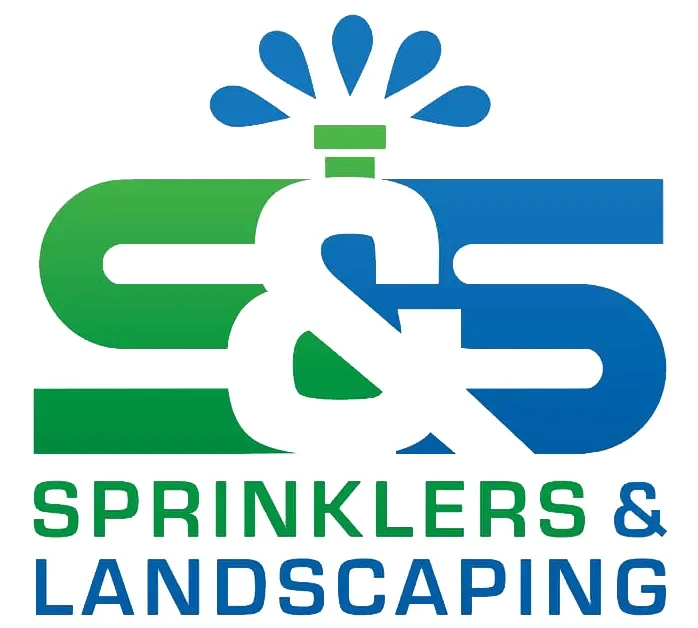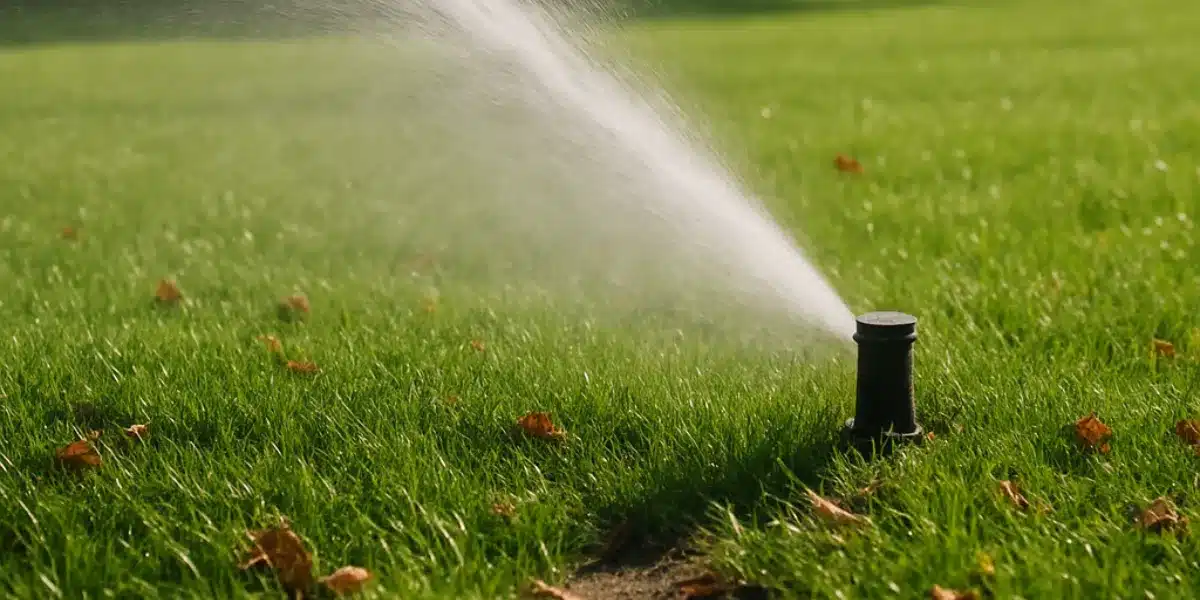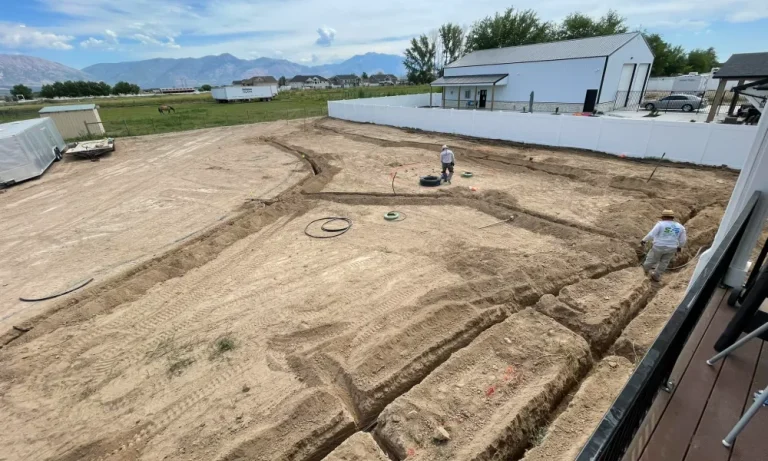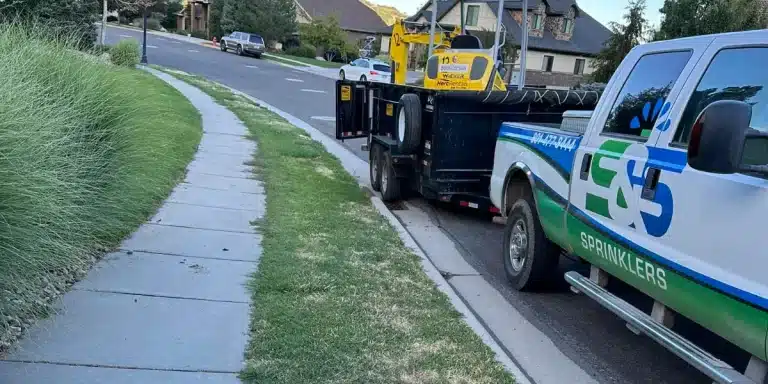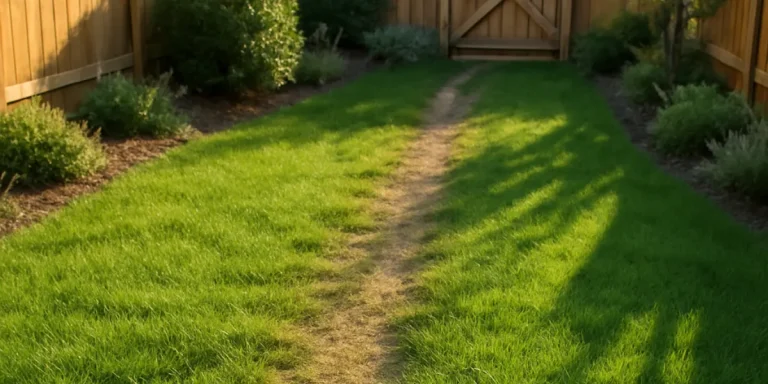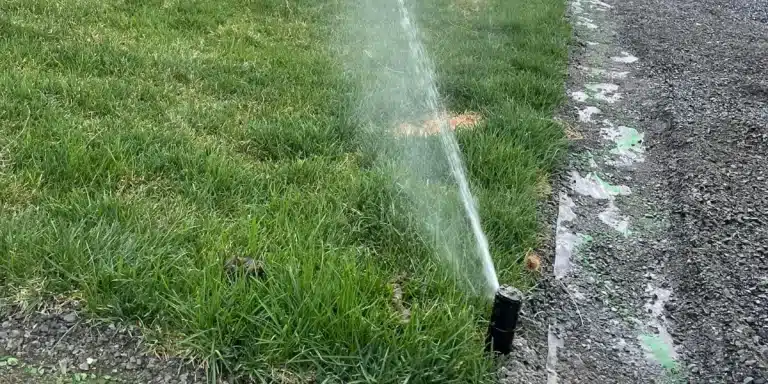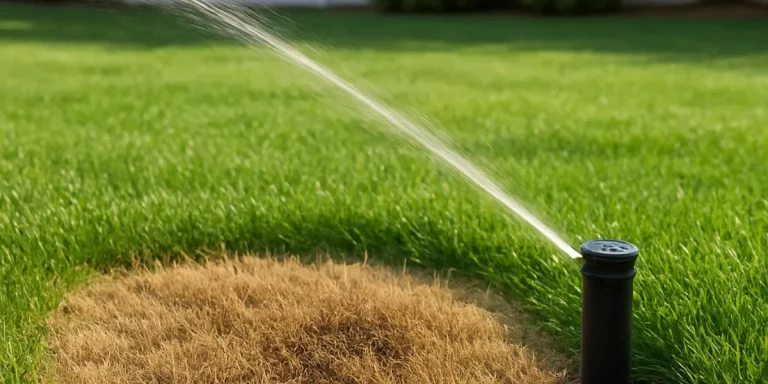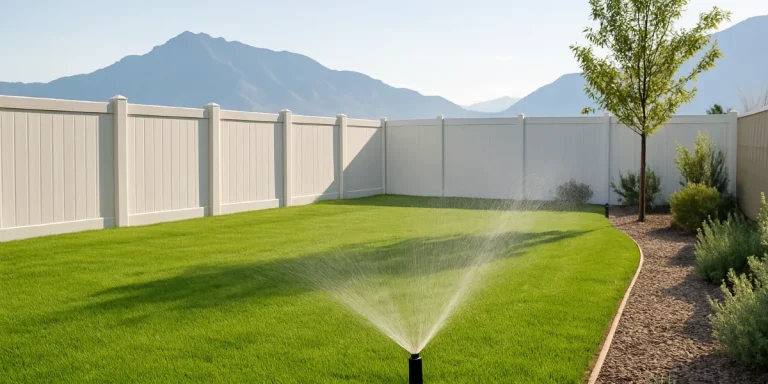How to Spot a Hidden Sprinkler Leak in Your Yard
A properly functioning sprinkler system is essential for keeping your lawn healthy and your garden beds thriving—especially in Northern Utah’s dry climate. But when something goes wrong underground, it can be difficult to catch the issue before it causes damage. Hidden sprinkler leaks can lead to water waste, higher utility bills, soggy patches in your lawn, and even root rot.
At S&S Sprinklers, we help Ogden-area homeowners detect and repair hidden sprinkler leaks before they get worse. In this post, we’ll show you how to recognize the signs of a leak and what to do about it.
Why hidden sprinkler leaks are a serious problem
Not all irrigation issues are obvious. While a broken sprinkler head or a misaligned spray pattern is easy to spot, hidden leaks often lurk underground—out of sight and easy to ignore. These leaks typically occur in the system’s underground pipes, valves, fittings, or lateral lines, and can persist for weeks or even months before a homeowner realizes something’s wrong.
Unlike surface-level problems, hidden leaks may not immediately disrupt the performance of your sprinkler system. In fact, you may still see water spraying from your heads, even as water silently escapes below the surface. This makes these types of leaks especially dangerous and costly.
Here’s what a hidden sprinkler leak can do:
-
- Increase your water bill — You may not notice a performance issue, but your monthly utility bill will climb due to the constant loss of water.
- Saturate your soil unnecessarily — This leads to soggy, sunken, or eroded areas in your lawn, especially near leak points.
- Promote fungal and root diseases — Excess moisture encourages mold, mildew, root rot, and other harmful plant conditions.
- Damage hardscaping and foundations — Leaks near patios, walkways, or your home’s foundation can cause long-term structural issues.
- Waste hundreds—if not thousands—of gallons of water — In Utah’s arid climate, water conservation isn’t just responsible—it’s essential.
That’s why S&S Sprinklers takes hidden leaks seriously. We educate every customer on how to identify early warning signs and recommend regular system checks to avoid water loss and costly repairs. Whether it's a subtle pressure drop or a wet patch that never seems to dry out, early detection is key to saving money and protecting your landscape.
If you suspect something’s off with your irrigation, don’t wait. S&S Sprinklers can perform a comprehensive sprinkler system inspection to find the root of the issue and make targeted repairs that restore efficiency.
Common signs of a hidden sprinkler leak
Hidden leaks in your sprinkler system can be hard to spot—but they leave clues. If you suspect something’s not quite right, here are the most common signs to look for in your yard:
1. Unusually high water bills
If your utility bill jumps without explanation, a leak may be wasting water behind the scenes.
-
-
- You haven’t increased your watering schedule, but costs keep rising
- The spike happens gradually over several billing cycles
- No other household appliances or plumbing show signs of leaks
- Your sprinkler runs at night, making leaks harder to detect visually
-
S&S Sprinklers can perform a system audit to locate any leaks and help you reduce water waste.
2. Soft or soggy spots in your lawn
Persistent wet areas in your yard could be due to a leaking underground pipe.
-
-
- Footsteps leave impressions or squish into the ground
- Water collects in low spots even after a dry day
- The soil feels unusually soft in certain areas
- Grass in these spots may appear lush but eventually becomes thin or unhealthy
-
These wet zones are often overlooked until they create larger problems like soil erosion or root rot.
3. Mushrooms or mold growth
Overwatering due to leaks creates the perfect environment for fungi and mold.
-
-
- Mushrooms consistently appear in the same area of your lawn or beds
- You notice a musty or earthy odor near certain plants
- Mold forms on the soil surface or around the base of plants
- Fungal diseases begin to affect healthy vegetation
-
This excess moisture can damage your landscaping if left unresolved.
4. Brown or dying patches of grass
Leaks don’t always lead to too much water—sometimes they cause dry spots, too.
-
-
- Grass turns yellow or brown despite regular watering
- One zone of your sprinkler system seems ineffective
- Drought-tolerant areas struggle while others appear overly wet
- Patches of lawn feel dry while nearby zones are soggy
-
This type of uneven watering often points to a cracked or disconnected line underground.
5. Poor sprinkler pressure or uneven coverage
Inconsistent water flow is another strong indicator of a hidden leak.
-
-
- Sprinkler heads barely spray or mist instead of producing a full stream
- Coverage is irregular—some plants are soaked while others stay dry
- Water output seems weaker than it used to be
- Sprinklers take longer than usual to complete a cycle
-
Low pressure can affect an entire zone or just a few heads depending on where the leak is located.
6. Water bubbling up or pooling during irrigation cycles
Visible water above ground during or after irrigation is one of the most obvious red flags.
-
-
- You see water bubbling up from the ground when the system runs
- Puddles form in areas without sprinkler heads
- Valve boxes fill with water even when not in use
- Pooling occurs consistently in the same spot
-
Leaks in pressurized lines can quickly cause damage if not repaired, especially if they’re close to foundations, fences, or pathways.
How to confirm a sprinkler leak
While some symptoms of a sprinkler leak—like wet patches or poor pressure—are visible, confirming the source of the issue often takes a little detective work. Before calling in the professionals at S&S Sprinklers, here are a few simple but effective steps you can take to help identify the problem.
Step 1: Check your water meter
Your home’s water meter can be one of the quickest ways to detect an underground leak, even if it’s not immediately visible at the surface.
Here’s how to use your water meter to check for leaks:
-
-
- Turn off all water sources: Shut off all faucets, appliances, and irrigation systems. Make sure no toilets are refilling and no taps are dripping.
- Locate your water meter: In most homes, the meter is found near the curb or sidewalk. Remove the lid carefully to access the dial.
- Watch the meter dial closely: If the small leak detection triangle or sweep hand is spinning, that indicates water is flowing—even when everything is turned off.
- Isolate the sprinkler system: Turn off the valve or controller to your sprinkler system only. If the meter stops moving after this step, it’s highly likely the leak is somewhere in your irrigation system.
-
This test helps eliminate indoor plumbing as the source and confirms whether your sprinkler system is responsible for the water loss.
Step 2: Run each irrigation zone separately
If your system has multiple zones, testing them one at a time can help you identify exactly where the issue lies.
Here’s what to look for as you activate each zone:
-
-
- Uneven pressure or weak spray: A noticeable drop in pressure compared to other zones could signal a leak in that line.
- Sprinkler heads not popping up: If some heads remain stuck down or only partially extend, the zone may not be pressurizing correctly due to a leak.
- Rapid saturation or pooling: Watch the ground during and after each zone cycle. If one area becomes soaked unusually fast, it may point to a cracked pipe or leaking connector.
- Visible bubbling or spraying water: Pay close attention to valve boxes, joints, and seams for signs of active leakage when the zone is running.
-
By running zones individually, you can narrow down the potential problem area, making it faster—and less costly—for professionals to pinpoint and repair the exact source.
Professional sprinkler inspections save time and money
While DIY checks can help you spot obvious problems, the best way to detect and repair a hidden sprinkler leak is to bring in a professional. At S&S Sprinklers, we perform comprehensive sprinkler inspections using:
-
- Zone-by-zone performance tests
- Visual inspections of heads, valves, and drip lines
- System audits for pressure and coverage issues
- Optional controller and smart timer upgrades
We also offer full sprinkler system repairs, overhauls, and modernizations for outdated or failing systems. Whether your problem is a cracked line, clogged nozzle, or buried valve issue, our team can pinpoint the cause and get your irrigation system running efficiently again.
How we helped a local homeowner fix a hidden leak
One of our recent clients in South Weber noticed water pooling around their garden beds—even though their timer was set for minimal watering. After a quick inspection, we discovered a cracked underground pipe in their drip line that was leaking constantly, even when the system was off.
We repaired the break, replaced a damaged valve, and adjusted their irrigation zones to reduce future pressure buildup. Their water bill dropped noticeably the next month, and their lawn rebounded within weeks.
Cities and towns we serve
S&S Sprinklers provides expert sprinkler inspections and leak repair throughout Northern Utah, including:
If you live in or near any of these areas, we’re just a call away.
Call Now for Expert Sprinkler Leak Repair
If you suspect a hidden leak is affecting your yard or irrigation system, don’t wait for it to worsen. S&S Sprinklers offers fast, professional sprinkler leak detection and repair across Northern Utah. We’ll diagnose the issue, provide honest recommendations, and restore your system to full efficiency.
Call (801) 477-8444 or request your free estimate today. We’re here to keep your lawn healthy, your water bill low, and your system running right.
